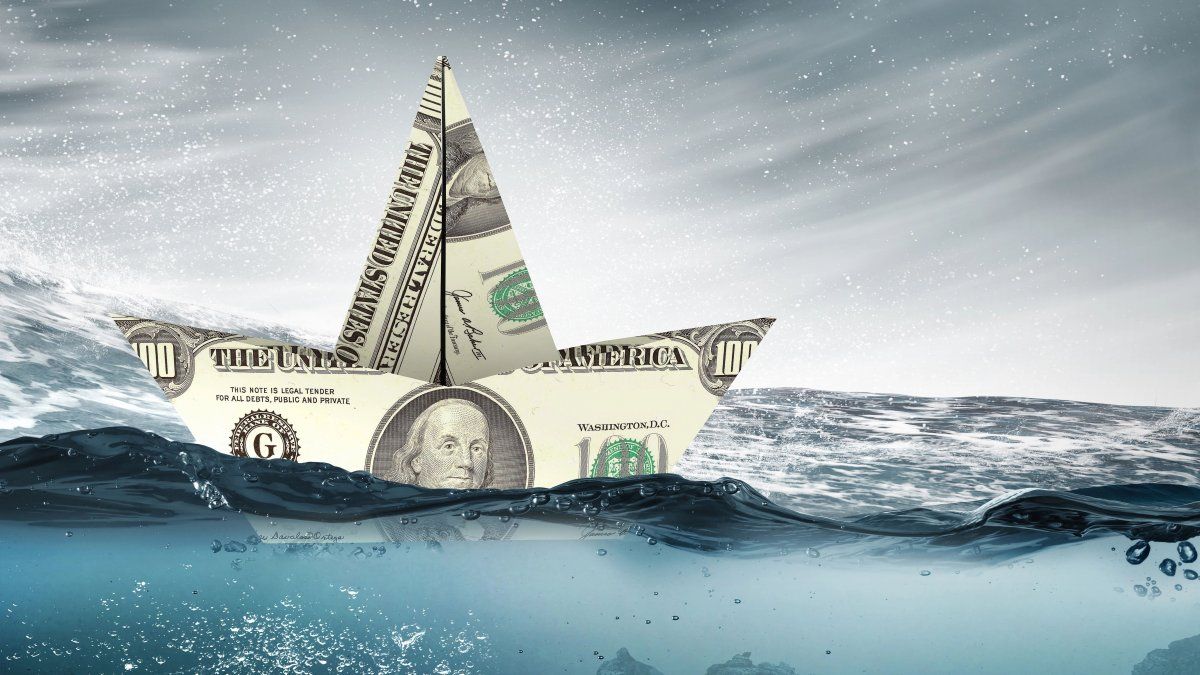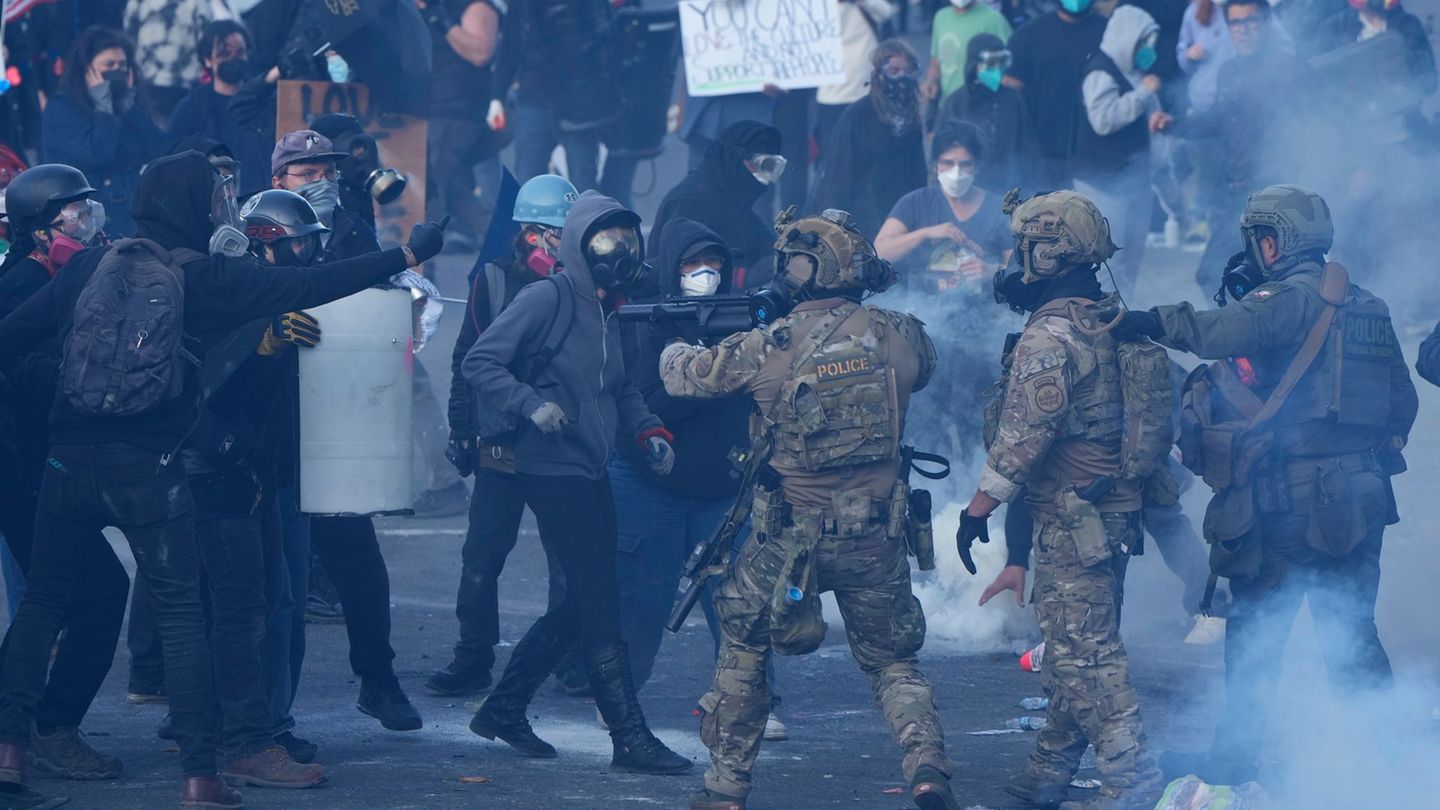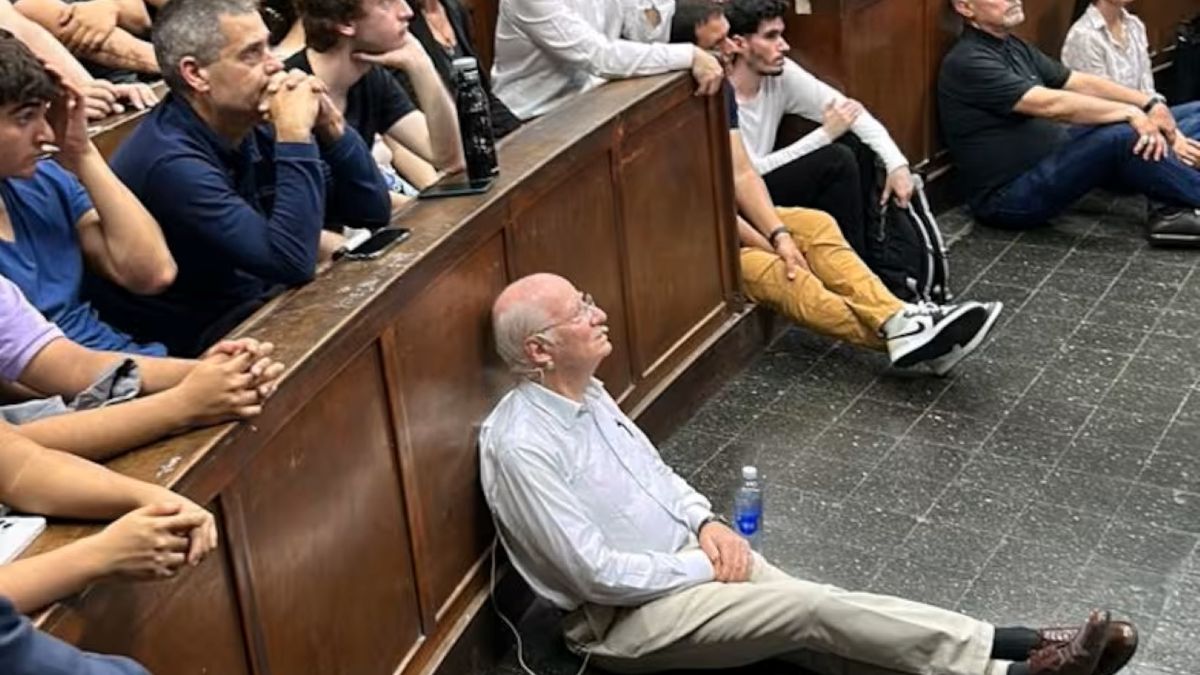In an environment of political uncertainty and economic seasonality, the exchange rate in Argentina is consolidated as a critical indicator for investors and economists in the coming months. With the legislative elections on the horizon, The market anticipates a volatile quarter, where the pressure on the dollar – both official as parallel – will depend of factors such as the accumulation of reserves, electoral dynamics and the course of negotiations with the International Monetary Fund (IMF).
In a country where the dollar is a shelter and a crisis catalyst, the prospects for July-October 2025 reveal a precarious balance between attempt stabilization and the risk of abrupt correction.
Exchange rate projections: seasonality and electoral tension
The pre-election quarter (Julio-October 2025) is emerging as a complex period for the exchange rate, marked by a lower supply of agrodivisas and a high seasonal demand, driven by tourism and preventive dollarization of portfolios. The official dollar, managed under a scheme of Crawling Peg, It will remain within the bands established by the Central Bank of the Argentine Republic (BCRA), reaching a range of $ 940- $ 1,440 for October. However, The dollar could get closer to the band’s roof.
The electoral result in the province of Buenos Aires will be a determining factor. A victory of the ruling could act as an “anchor” to moderate pre -electoral dollarization, by reinforcing confidence in exchange stability. On the contrary, a political stroke could exacerbate pressures on the dollar in an adverse scenario.
The government has prioritized low inflation before the elections, instead of accumulating aggressively reserves, as the agreement with the IMF suggested, something that the market would not be seeing with good eyes. Instead of buying dollars within the established bands, the BCRA has chosen to finance its reservations through debt placements and repurchase agreements (Rest) for US $ 2 billion, with plans to capture at least US $ 7,000 million until December. This strategy reflects confidence in access to external financing, but raises doubts about its long -term sustainability, especially in a context where BCRA’s net reserves remain negative.
Looking around 2026, a higher real exchange rate is projected if exchange restrictions are gradually lifted, such as the stocks that still limits companies. Without structural adjustments, the current exchange rate is considered unsustainable in the medium term.
Key factors: global reservations, political and dynamics
Three main factors will mold the behavior of the dollar. First, the seasonality of the exchange market is a critical challenge. October, historically, records a greater demand for dollars for tourism and preventive dollarization, a trend that intensifies in electoral years due to political uncertainty. The lower offer of agrodivisas in the second semester aggravates this imbalance, exerting pressure on the exchange rate.
Second, the BCRA reserves and the agreement with the IMF are inflection points. The spirit of the agreement with the IMF implied an active accumulation of reserves to strengthen the position of the BCRA, but the government has prioritized exchange stability to support its electoral strategy. Recent debt placement and Rest They have allowed BCRA to maintain gross reserves around US $ 40,000 million, but negative net reserves limit their ability to intervention. The dependency of the capital account, although effective in the short term, is not seen as sustainable indefinitely.
Third, the political-electoral context adds volatility. A victory of the ruling in the province of Buenos Aires could calm devaluation expectations, but the market is discounting a stable real exchange rate – with a 20% inflation and a similar devaluation – which can be considered as optimistic. The current real exchange rate is late with respect to historical levels, making a post -election correction likely, especially if the government advances in the liberalization of the exchange rate in 2026.
Implications for investors and companies
For investors, the exchange scenario raises a delicate balance between coverage and risk. The dollar linked instruments, such as dual bonds, are recommended to protect wallets against a possible devaluation, while inflation adjusted bonds (CER) offer protection against inflation that, although in decrease, will close 2025 around 27%, according to the market expectations survey (REM). The placement of the Bonte to foreign capitals, which bet on the rate in pesos in the short term, will cause greater volatility over the exchange rate.
Companies face significant restrictions. The exchange rate limits access to currencies, while the exchange delay reduces the competitiveness of exports and encourages imports. Sectors such as agriculture and energy could benefit from a higher exchange rate in 2026, but abrupt correction could trigger inflation and weaken mass consumption, which already shows signs of stagnation. Exchange corrections in Argentina have historically been abrupt, driven by rapid portfolio movements, raising the risk of post -election volatility.
Future scenarios: stabilization or correction
On the base stage, the BCRA maintains the crawling PEC within the bands, supported by debt placements and a solid electoral performance of the ruling party. This would stabilize the official dollar at $ 1,300- $ 1,400 for October, accumulated inflation of 25% in 2025 and GDP growth could reach 4.8%, according to REM.
In the adverse scenario, a lower accumulation of reservations or an electoral defeat of the ruling could trigger a more pronounced exchange correction. This scenario would imply inflation close to 35% and a renewed pressure on wages, which have barely recovered 2023 levels in real terms.
Conclusion: A narrow path
The Argentine exchange market faces a decisive quarter, where seasonal pressure and electoral uncertainty will test the government strategy. While some analysts see a path to stabilization if external expectations and financing are managed well, others warn that the current real exchange rate is unsustainable without a correction, probably in 2026, after the exit of the stocks. For investors and economists, the key will be to monitor BCRA reserves, the relationship with the IMF and the electoral result. In a country where the dollar reflects both confidence and economic fragility, in the coming months they will determine if Argentina can avoid a new exchange storm.
Source: Ambito
I am a 24-year-old writer and journalist who has been working in the news industry for the past two years. I write primarily about market news, so if you’re looking for insights into what’s going on in the stock market or economic indicators, you’ve come to the right place. I also dabble in writing articles on lifestyle trends and pop culture news.




